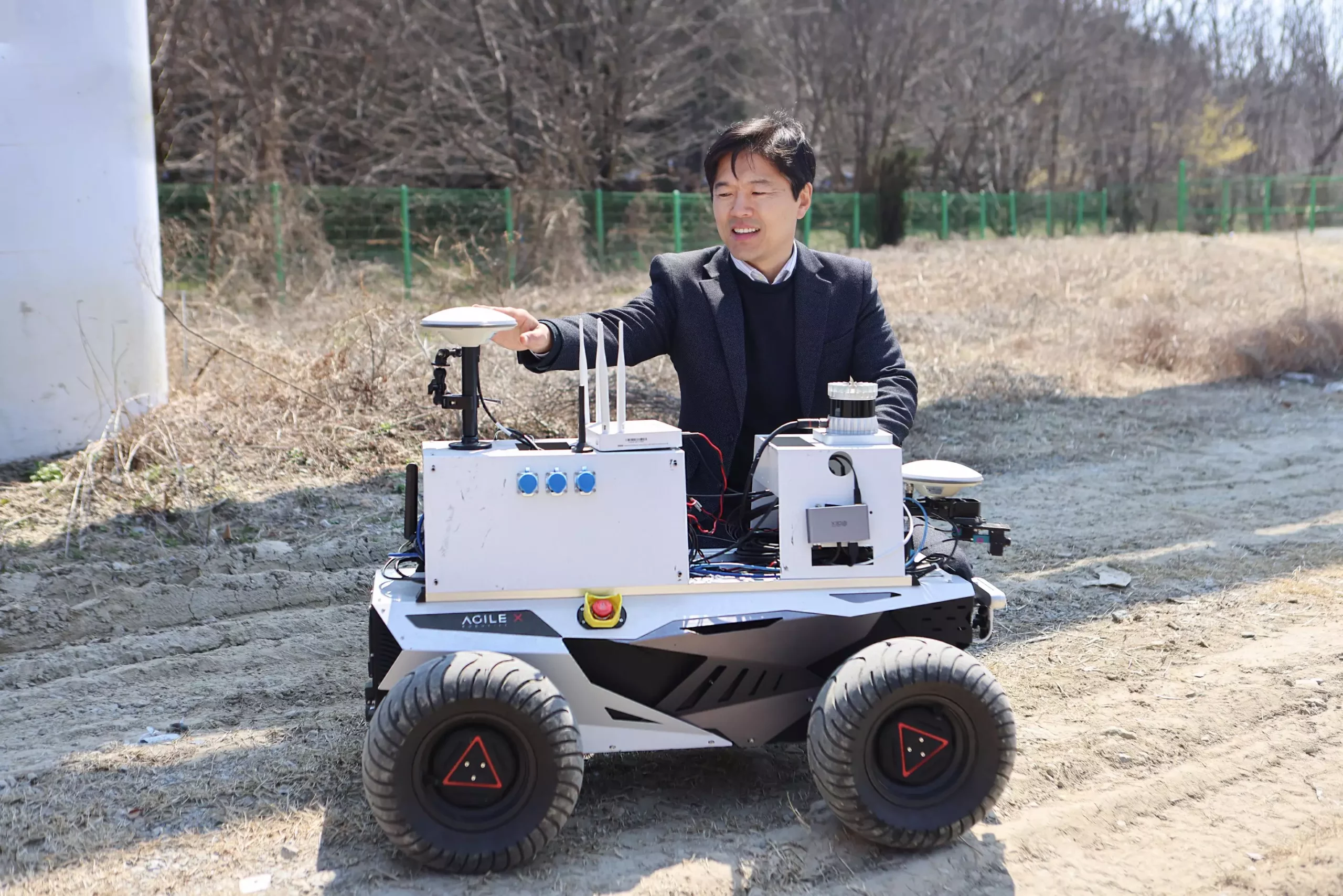Off-road environment recognition technologies are essential for detecting and removing extraneous substances such as dust, mud, snow, or rain during off-road autonomous driving. These technologies have the potential to revolutionize various industries, including construction, agriculture, and military, by ensuring safe working environments for operators and improving overall efficiency.
A research team in Korea, led by Senior Researcher Han-Min Lee, has made significant strides in the development of off-road environment recognition technologies. These advancements include sensor protection and cleaning technology, sensor signal correction technology, and drivable area recognition technology. These technologies have the capacity to impact industrial machinery, military vehicles, and unmanned ground vehicles in a variety of off-road terrains.
Key Technological Advancements
Among the newly developed technologies, the “sensor protection and cleaning module” stands out for its ability to remove contaminants such as muddy water or mud that may interfere with sensor functionality. This technology utilizes detergents and wipers to ensure real-time cleaning, enhancing the overall performance of off-road autonomous driving systems.
Additionally, the “sensor signal correction” technology addresses the issue of small-sized extraneous substances affecting sensor readings. By removing dust, snow, and rain from sensor signals, this technology ensures stable driving conditions even in adverse weather conditions. This innovation is crucial for maintaining safe and efficient off-road operations.
Furthermore, the “drivable area estimation technology” plays a vital role in detecting obstacles and identifying alternative routes to avoid collisions. This technology recognizes steep slopes, potholes, and bumpy roads, allowing vehicles to navigate challenging terrains with ease. By automating the route selection process, this technology enhances the safety and efficiency of off-road driving.
The development of “driving control technology” enables the real-time control of vehicles by selecting specific functions based on the driving environment. This adaptive approach ensures that only necessary technologies are activated, optimizing performance and efficiency. This real-time control capability is essential for adapting to changing off-road conditions and overcoming unexpected obstacles.
Prior to these advancements, there was a lack of suitable sensor protection technologies for off-road environments and real-time drivable area estimation technologies. The newly developed technologies have not only addressed these gaps but have also significantly improved processing speed and key performance indicators. These advancements have paved the way for practical implementation of off-road environment recognition technologies in controlling off-road self-driving.
The future of off-road environment recognition technologies looks promising, thanks to the innovative developments in Korea. These technologies have the potential to revolutionize various industries and enhance the safety and efficiency of off-road operations. By addressing key technological challenges and improving performance indicators, these advancements are set to transform the landscape of autonomous off-road driving.


Leave a Reply